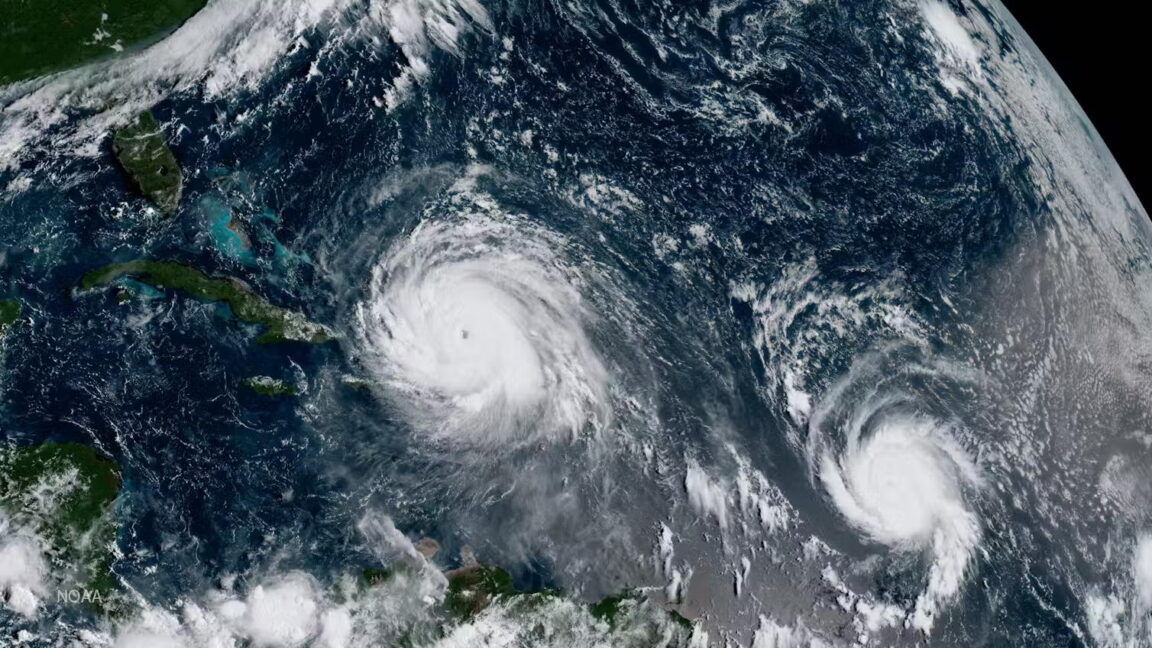
"Forecasting rapid intensification is one of the great challenges for hurricane scientists. It's the dangerous shift when a tropical cyclone's wind speeds jump by at least 35 mph in 24 hours."
"Under the federal budget proposal details released so far, there is no funding for Cooperative Institutes nor aircraft recapitalization that could improve hurricane forecasting."
"Hurricane Michael's rapid intensification caught the Florida Panhandle by surprise, causing billions of dollars in damage including at Tyndall Air Force Base."
"The passback budget also cut funding for technology from future satellites like lightning mappers, crucial for hurricane intensity forecasting and warning airplanes of risks."
Weather satellites continuously monitor tropical storms, improving forecasting accuracy through advanced equipment funded by federal research. Despite these advancements, proposed budget cuts threaten future funding for institutions creating critical forecasting tools, such as the Cooperative Institutes, which are vital for predicting events like hurricane rapid intensification. This unexpected phenomenon, as seen with Hurricane Michael, can have devastating impacts, leading to significant damages. The lack of support also extends to necessary aircraft updates and technology for future satellite innovations, complicating the nationâs ability to enhance hurricane preparedness amidst increasing storm intensity.
Read at Ars Technica
Unable to calculate read time
Collection
[
|
...
]